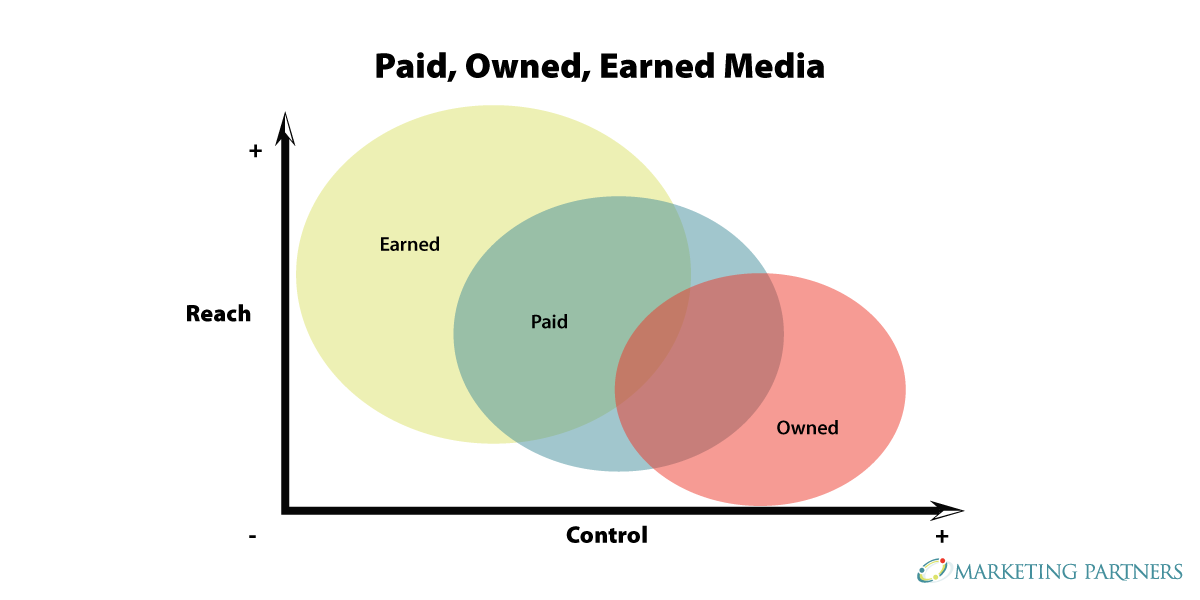How to Use Your Core Values to Inspire, Retain, and Energize Your Team
For the last few decades, but especially so in recent years, people are seeking out more than just an income from their place of employment. More...
3 min read
Clare Innes : 7/26/18 10:47 AM


Blogging, tweeting, pinning, posting – you know it's essential, but what do you do when you have reluctant marketers on your staff who are uncomfortable making a splash in the social media pool? After all, 55% of charitable organizations using social media say it plays an important role in their marketing efforts. It's time to convince those reluctant marketers to start swimming. Here are some social media starter tips and tools to help them do just that.
The last thing your social media newbies need to do is tackle all the platforms at once as they are in learning mode. For those unaccustomed to participating in online communities, it can take some getting used to, especially in an official capacity. Your social media strategy will provide a clear set of directions to guide your team’s efforts. Start with the social media network that is most popular with your audience.
Outreach staff who work directly with community members are prime candidates to pull into social media efforts. They know what it takes to create messaging that resonates. They have the boots-on-the-ground perspective that lends authenticity to communication efforts. Through their efforts, your audiences see themselves in your organization's messaging. As your staff becomes more comfortable with their burgeoning social media expertise, you can frame social media communication as a professional development opportunity with goals established in the employee review process.
As with anything new, a spectrum of abilities and assumptions can affect the learning curve in the online onboarding process. Here are some tips and tools for setting up your staff for social media success:
Establish social media guidelines. Fear of saying something wrong can be immobilizing -- and those fears are justified. After all, the news is filled with privacy breaches, Twitter fails, vicious trolling, and other not-so-nice outcomes for those who venture into what can appear to be shark-infested waters. Integrating social media guidelines and a review policy into your existing PR communication policies during the initial learning period can help ease the likelihood of a blunder until staff gains confidence.
Plan ahead. A social media editorial calendar can help prevent the kind of knee-jerk posting habits that can result in posts that are not well thought out, contain errors, clash with company policy, or are insensitive to headline news. Allow plenty of time for fact-checking and rewrites.
Getting a grip on social media. Lack of social media experience can zap confidence, swamping efforts with fears and concerns. Encourage trying some of the many free online courses to help hasten the process and deepen their understanding. On-site training puts the focus directly on your organization and staffers, addressing your specific needs and concerns as you integrate social media marketing to meet your audience right where they are.
Drawing a blank? Help your staff understand how to build on ideas, customer interactions, industry research, holidays, the news, local happenings, etc., and show them (rather than tell them) how to align their social media voice with that of the organization.
Planning for spontaneity. You can’t really plan spontaneity, but you can plan for it. Spontaneity is the source of a lot of fun fodder, so a fast-track review process should be established for staff new to social media to enable you to ride the coattails of a time-sensitive topic when the need or opportunity arises.
It's okay to lurk. Once social media accounts are set up, users can learn a lot by listening, or "lurking," to see how those representing your target audiences -- celebrities, friends, industry thought leaders, partner groups -- present themselves online. Note what types of messaging could work for your organization. Suggest starting with draft responses to news items and comments (remembering to get the okay through the review process). Soon your newbie will be ready to take the plunge with the first series of posts. They will find, as many have before them, that it’s actually exhilarating to see your words published for the first time in an official capacity!
Essentially, everyone on your staff is already a tacit spokesperson for your organization. Even if it’s not part of their job description, everyone represents your mission and values every day in casual online and offline conversations about work with colleagues, friends, and family.
Consider extending social media training beyond official outreach staff to enable your company to ensure that everyone knows when and how to talk about the company online and, of equal importance, when and how NOT to, especially in an official capacity.
With clear goals and incentives in tandem with training and ongoing support, you and your staff can make just the splash you’re looking for on social media.

For the Love of Social Media: How to Optimize your Photos
How Large News Events can Impact Social Media Feeds
Apps the Help Navigate Social Media for Small Businesses
How to Use the Social Media Rule of Thirds
Building Your Social Media Team
Plugging Up Your Social Media Leaks
How to Make the Most of Your Time on Social Media
Social Media is No Longer a Choice for Your Business
-----
U.S. Air Force photo of boys splashing by Airman 1st Class Gabrielle Spalding. The appearance of U.S. Department of Defense (DoD) visual information does not imply or constitute DoD endorsement.
The Change Conversations blog is where changemakers find inspiration and insights on the power of mission-driven communication to create the change you want to see.
© 2009- to present, Marketing Partners, Inc. Content on the Change Conversations blog is licensed under a Creative Commons Attribution-Noncommercial-NoDerivs 3.0 United States License to share as much as you like. Please attribute to Change Conversations and link to ChangeConversations.
Creative Commons License may not apply to images used within posts and pages on this website. See hover-over or links for attribution associated with each image and licensing information.

For the last few decades, but especially so in recent years, people are seeking out more than just an income from their place of employment. More...

You know nonprofit organizations need websites just as small businesses do, but you may be surprised to learn nonprofit sites can be more complex and...

In today’s rapidly evolving media landscape, understanding where and how your story is told isn’t just strategic—it’s essential. How you communicate...